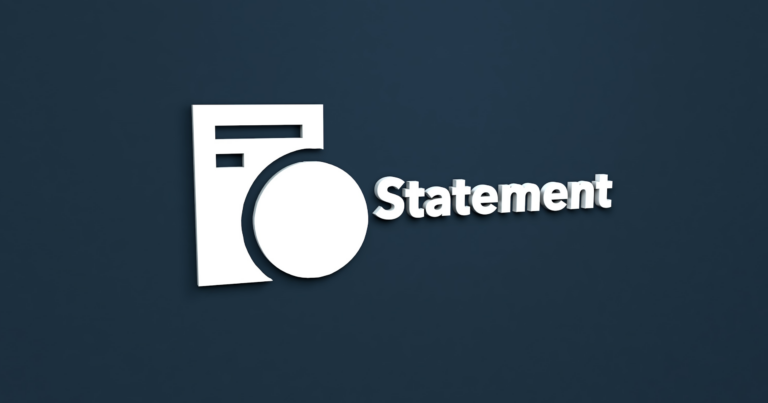We’ve saw a lot of media coverage yesterday about workplace dress codes, following a report published by the parliamentary committees for Petitions and for Women and Equalities.
The report outlines how discriminatory dress rules at work are banned under the Equalities Act 2010, but says that in practice the law is not applied properly to protect workers of either gender.
This is the latest instalment in a long-running debate about what is and is not acceptable. REC members have a responsibility to understand the legal requirements and to provide sound advice to clients and candidates.
What is a dress code?
Many businesses want to portray a particular corporate image, which can mean imposing restrictions or requirements on what workers wear. Specific requirements may also be imposed for health and safety reasons.
Dress codes will include both clothing and footwear, but can also extend to jewellery, hair length or style, beards, tattoos and body piercings.
Discrimination law
A business has wide discretion about the dress code it imposes. But it should ensure that its dress code does not directly or indirectly discriminate against any worker on the grounds of one of the nine protected characteristics set out in the Equality Act 2010.
Attention should be paid to sex, gender reassignment, religious, race and disability issues. EHRC has published a Statutory Code of Practice on Employment – which includes a section on dress codes – to assist employers.
Rules about appearance will not be discriminatory simply because they impose different restrictions or requirements on men and women, provided they are of a common standard of smartness or conventionality, with neither gender treated unfavourably.
Dress codes require a business case
Dress code must reflect legitimate business needs or health and safety requirement. There are key questions to determine whether a business case exists:
What are the business reasons for imposing the particular restriction or requirement? Can the business’ aims be achieved irrespective of its dress code or by alternative means? Should the restriction or requirement apply to all workers or can it apply only to customer facing roles? Will the requirement create a health and safety issue?
Wearing high heels can cause a number of health issues and so a business requiring them could find the requirement exacerbates an existing health problem or leads to a new one over time.
Advising clients and candidates
Recruitment businesses should be aware of a client’s dress code – they will not want a temp’s assignment to be terminated because s/he doesn’t comply. Nor will they want a talented candidate to be rejected because s/he does not conform to the client’s preferred image.
But recruitment businesses are in a unique position to help their clients find the best person for the job and to help diversify workforces. That could include challenging a client’s specific dress code.
If a client cannot demonstrate that its dress code reflects legitimate business needs or health and safety requirement, then it could be found to discriminate if it refuses to engage someone with braids or who wishes to wear a piece of jewellery which demonstrates their religious faith.
Even if there is no discrimination claim, the business will wish to avoid its reputation being discussed on social media. An employment business will not wish to be dragged into either of these scenarios.
So, ask questions, push back if necessary but always put forward the best candidate.



